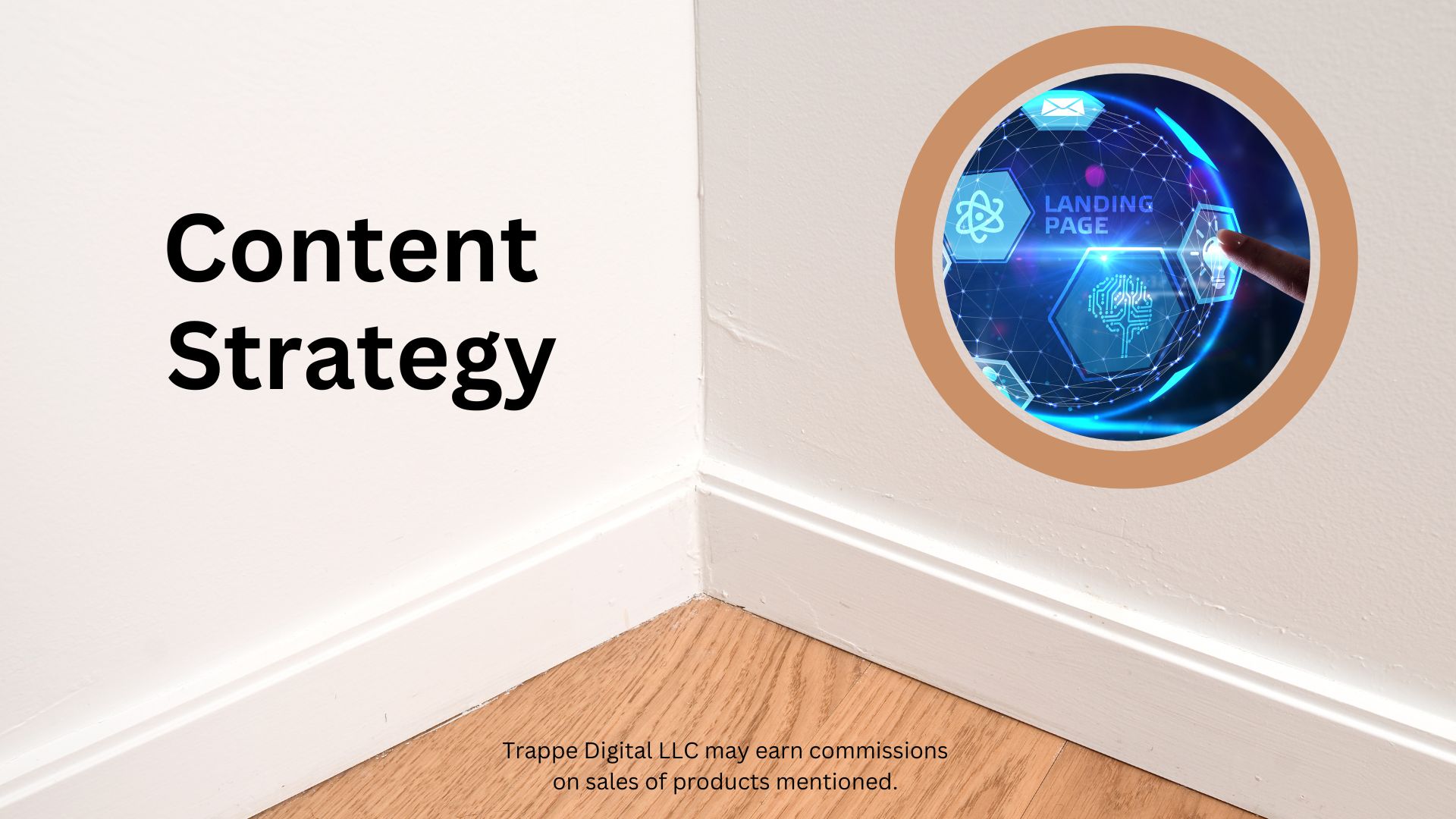Trappe Digital LLC may earn commission from product clicks and purchases. Rest assured, opinions are mine or of the article’s author.
Gated vs. ungated. The debate continues and certainly there are use cases for both. Let’s look into those and also what is gated content in this article.
Article sections:
- What is gated content?
- The definition of ungated content
- The truth about gated content
- A case for testing
- Why not to gate
- Power up by combining strategies
What is gated content?
Gated content is not freely available on the web. In the case of newspapers, you might have to pay to read articles. For media, gated content is usually referred to being behind a paywall. In the case of marketing with content, gated content is hidden behind a data paywall. Users on a landing page, which you can create through ConvertKit, have to give their email and name, at a minimum to access the content behind the wall.
Their personal information is then used to follow up with them and see if they are interested in buying the company’s services or products.
The goal of gated content is lead conversion.
Examples of gated content include whitepapers, ebooks, webinars, and other premium content.
What is ungated content?
Ungated content is the majority of content out there. This article is ungated. Ungated content is usually produced to build relationships, for SEO reasons, affiliate marketing, and other awareness-tactics.
Read next: Quality Content: Unlocking the True Potential of Content Velocity
The truth about gated content
 Carmen Hill, a marketing consultant, said the decision to gate content depends on the specific content and your overall content strategy.
Carmen Hill, a marketing consultant, said the decision to gate content depends on the specific content and your overall content strategy.
“Gated content is a value exchange — their data for your content. Does your report or white paper or ebook offer equal or greater value to the information your audience gives up?” Carmen said. “Is it available anywhere else? Is it worth the near-certain risk that they’ll be spammed by your sales team as soon as they submit the form?”
Carmen said gated content only makes sense in certain situations, like for proprietary research data that someone would normally have to pay for. But she cautions against gating content purely designed for awareness or to support a sale.
“Don’t even consider gating content that is primarily designed to create awareness or support a sale,” she advised. “Your audience doesn’t give a fig about your sales funnel or MQL goal.”
If your goal is to be found in search, gated content won’t help there. And to drive people to gated content can be a challenge.
“This content often has very low usage,” said Hilary Marsh, chief strategist at Content Company Inc. “So my question to those organizations is always whether it’s actually a smart decision to put that content behind a login.”
Read next: Keep things fresh: Use this website content update process
The case for testing
Content Strategist Gallit Itzhaki recommends testing gated vs. ungated content to see what works best. She advises gating more advanced content once your brand has established some awareness.
“Early-stage content, no need to gate,” Gallit said. “Give the people what they want and build your brand awareness.” But once you have more mature content, she suggests trying a gate and testing the results.
Why not to gate content
According to Mike Wolber, the Chief Revenue Officer at Rent Dynamics, gating content can actually deter future business in many cases. He said on “The Business Storytelling Show” that in today’s world where buyers have so much control and access to information, forcing them into a sales cycle too soon can backfire.
“I think it’s just something that’s an overused tactic in marketing,” Mike said. “I think there are times where it makes sense to gate but to always default to that as your strategy, I just think that’s an archaic tactic in the modern day of buying and the modern day of consuming content.”
Gated content can also damage the experience for existing customers, Mike noted. When current customers have to jump through hoops to access content, it can harm customer satisfaction and loyalty.
Combine strategies
Instead, Mike suggests taking a “give, give, take approach” and looking for opportunities to engage with people who want to consume your content in a meaningful way. For example, don’t just gate a guide on optimizing SEO traffic – share a short video explaining why your target audience should download it and then give them options to sign up for related content or collaborate on a future piece.
“That becomes a total deposit because you’re giving them content, and asking them how they can collaborate with you,” Wolber said. “I think there’s an opportunity there to turn that consumer into an advocate before they’ve ever purchased anything from you.”
So while leads and sales are important metrics, marketers should also focus on building relationships and establishing their company as a thought leader. Completely removing gates may not be feasible or advisable in all cases. But strategically using gated content vs. making it a default tactic can lead to better business outcomes in the long run.
The consensus seems to be that gating can play a role but shouldn’t be the default approach. Strategic use of gated content balanced with freely accessible content can help build relationships and achieve marketing goals. But marketers should keep the audience’s experience and perspective in mind.

